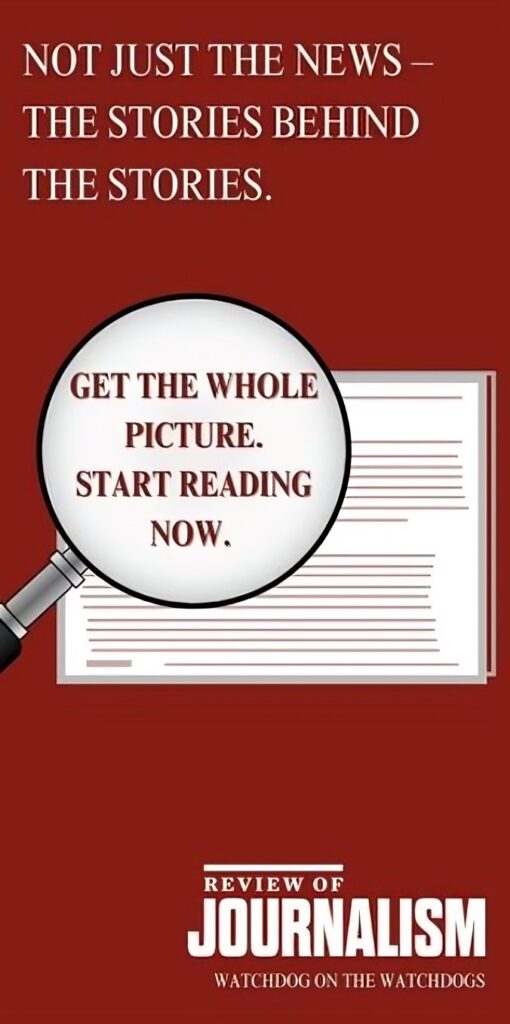It was thirty-five years ago that the historian Irving Abella observed, “Canada is a peculiar nation. Peopled by immigrants, it is a country, paradoxically, which hates immigration.” That certainly seems true today. A recent Leger poll, conducted for the Association for Canadian Studies, showed that 65 percent of the population believes we have been admitting “too many” immigrants. Another poll, conducted by the Environics Institute, found that almost six in ten agree there has been too much immigration. This may well be an attitude that has been fostered by the heated debates in the United States, where Donald Trump, J. D. Vance, and much of the Republican Party have spent months denouncing mythical dog- and cat-eating Haitians and immigrant killers and rapists.
But there are many organizations and individuals expressing rather similar, if less preposterous, lines of argument against immigrants to Canada, especially newcomers who are Muslims or people of colour...
J. L. Granatstein writes on Canadian political and military history. His many books include Canada’s Army: Waging War and Keeping the Peace.

